So I picked this up the other day. Sadly someone drilled some holes in the receiver and the stock markings have been removed poorly.
My question is what model of 1905 is this as I think are are a couple ? Also the bayinet lug seems to be way longer than all the other ones I have seen pictures of.
Thanks in advance
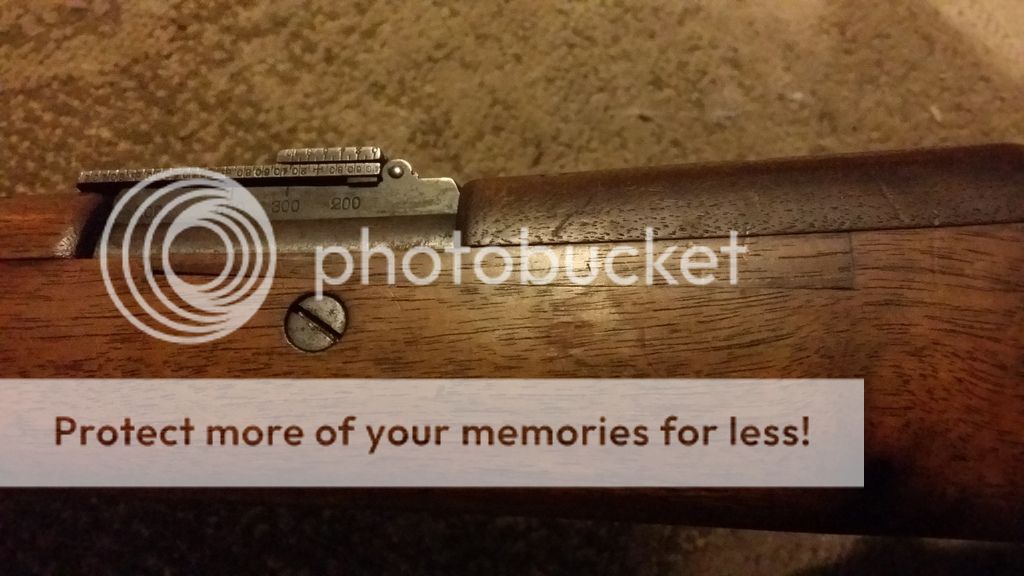
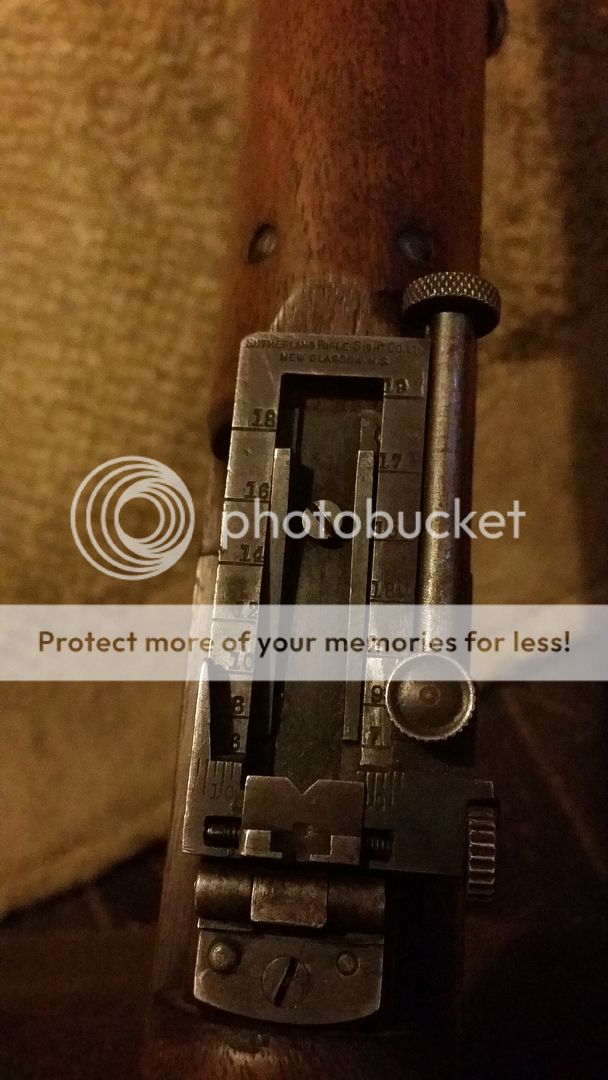
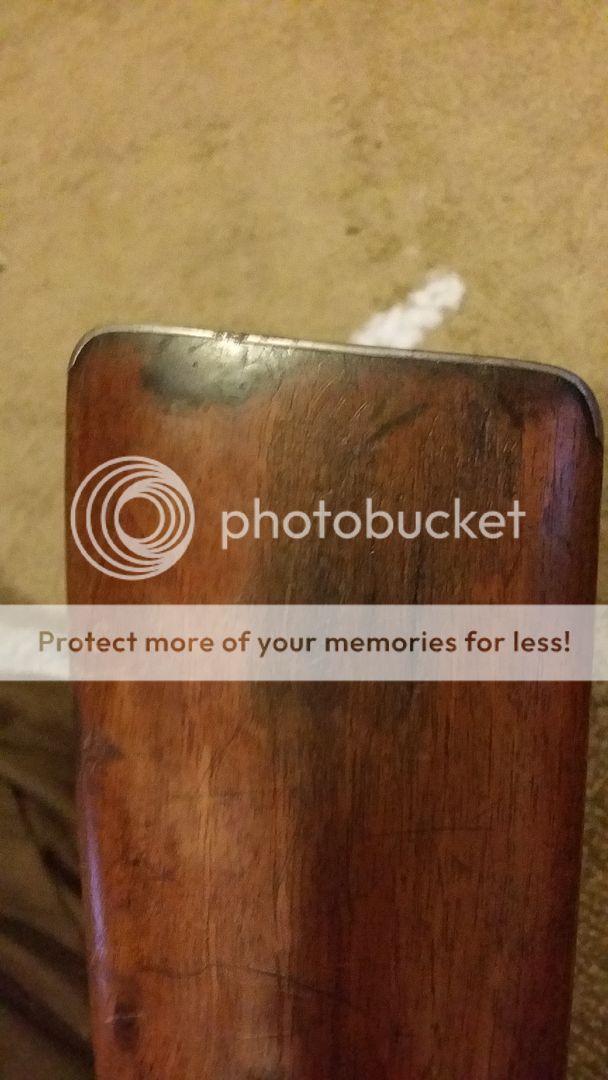
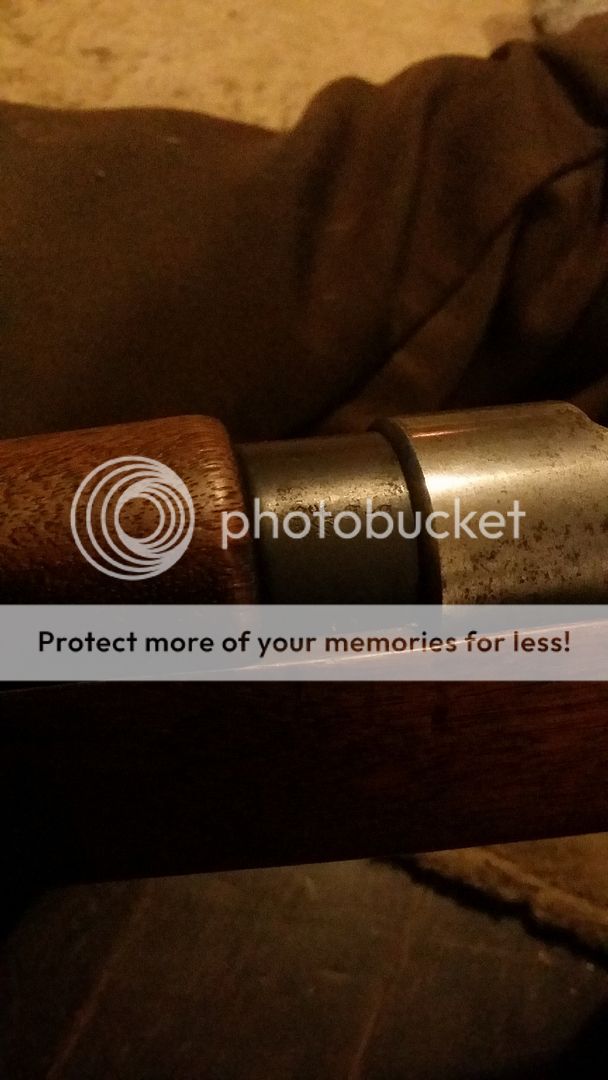
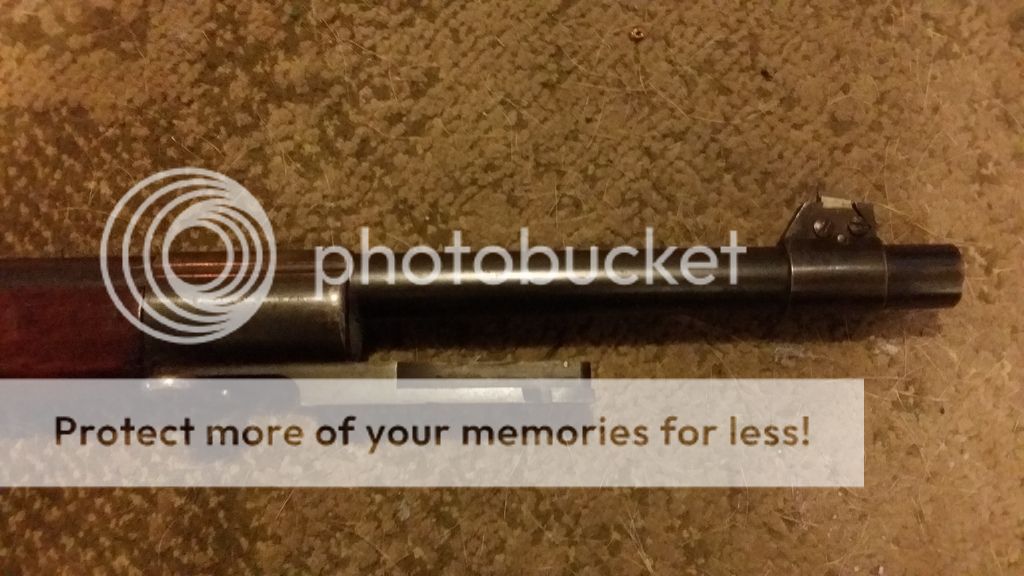
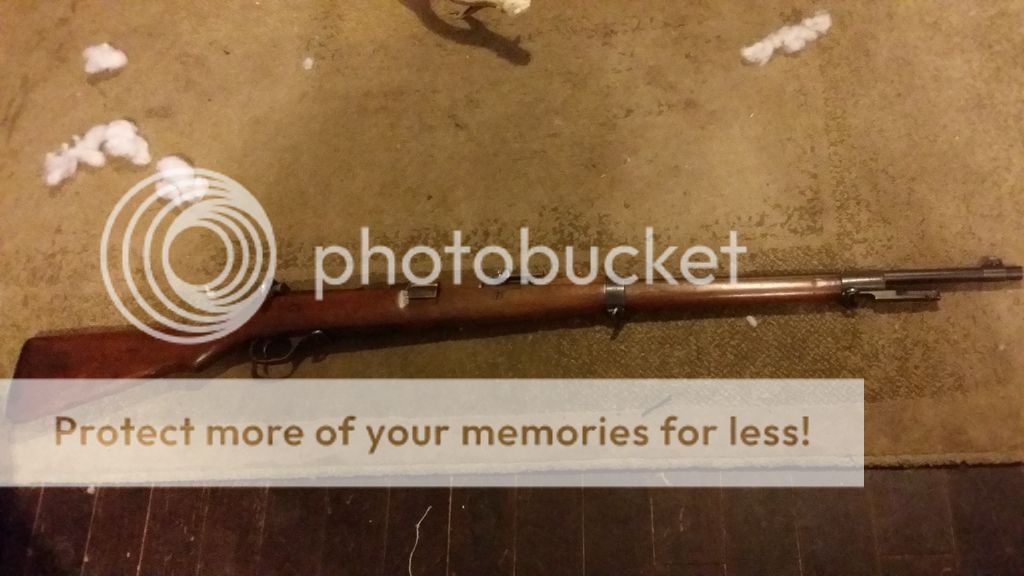
My question is what model of 1905 is this as I think are are a couple ? Also the bayinet lug seems to be way longer than all the other ones I have seen pictures of.
Thanks in advance


















































































